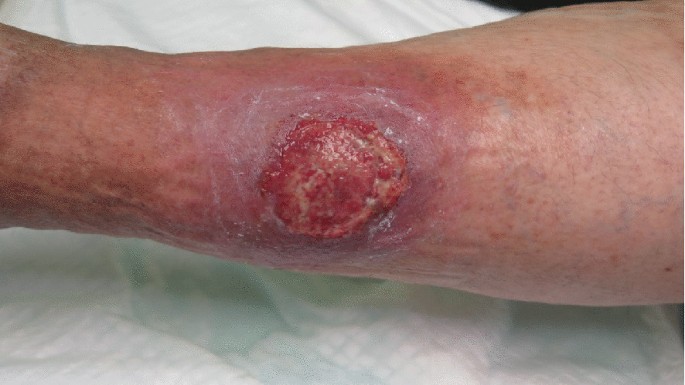
Proper wound care after surgery plays a significant role in recovery outcomes and healing timeframes. Post-surgical wounds require specific attention and care techniques to prevent complications and promote optimal healing. Here is some guidance on wound care practices, signs to monitor during recovery, and when to seek medical attention:
Managing Your Surgical Incision
Post-surgical wound care begins immediately after your procedure. Keep the surgical site clean and dry during the initial healing period. Your healthcare provider will provide specific instructions based on your surgery type and individual circumstances. Protect the incision from unnecessary pressure or tension. Avoid lifting heavy objects or engaging in strenuous activities that could stress the healing tissues. Sleep in positions that minimize pressure on the surgical site when possible.
Gently clean around the incision using mild soap and water, avoiding direct contact with the wound itself unless instructed otherwise. Pat the area dry with a clean towel rather than rubbing. Change dressings as directed by your healthcare team, typically every 24-48 hours or when they become wet or soiled. Normal healing involves gradual closure of wound edges, decreasing redness around the immediate area, and minimal clear drainage that decreases over time.
Recognizing Warning Signs
Wound healing complications can develop despite proper care. Familiarize yourself with signs that warrant immediate medical attention. Infection represents one of the most common complications following surgery.
Watch for increasing redness that spreads beyond the immediate incision area. Swelling that worsens after the first few days, rather than gradually improving, may indicate a problem. Drainage that becomes yellow, green, or foul-smelling suggests possible infection.
Temperature elevation above 101°F (38.3°C) often accompanies wound infections. Pain that intensifies rather than gradually decreases may signal complications. Wound edges that separate or gaps that appear in the incision require prompt medical evaluation. Some patients experience delayed healing due to various factors, including diabetes, poor nutrition, smoking, or certain medications. Wounds that show no signs of improvement after one week or appear to worsen merit professional assessment.
Supporting Overall Recovery
Recovery extends beyond wound care to encompass factors that influence healing at the cellular level. Nutrition provides the building blocks necessary for tissue repair and immune function. Protein intake supports collagen synthesis, while vitamins C and A contribute to wound healing processes.
Stay adequately hydrated to support circulation and nutrient delivery to healing tissues. Dehydration can impair the body’s ability to transport nutrients and remove waste products from the surgical site. Follow medication instructions precisely, particularly regarding antibiotics if prescribed. Complete the entire antibiotic course even if the wound appears to be healing well. Pain medications should be used as directed to maintain comfort while avoiding overuse.
Avoid smoking and limit alcohol consumption during recovery. Both substances interfere with circulation and immune function, potentially slowing healing processes. If you smoke, discuss cessation strategies with your healthcare provider. Gradual return to normal activities supports overall recovery while preventing complications. Follow your surgeon’s specific guidelines regarding activity restrictions, driving, bathing, and return to work or exercise.
Learn More About Wound Care
Post-surgical wound care requires attention to detail and consistent daily practices. Clean incisions, appropriate dressing changes, and careful monitoring form the foundation of proper wound care. Recognizing warning signs allows for prompt intervention when complications arise. The time invested in proper wound care directly influences your surgical outcomes and return to normal activities. Following these practices provides the best foundation for successful healing and recovery.





